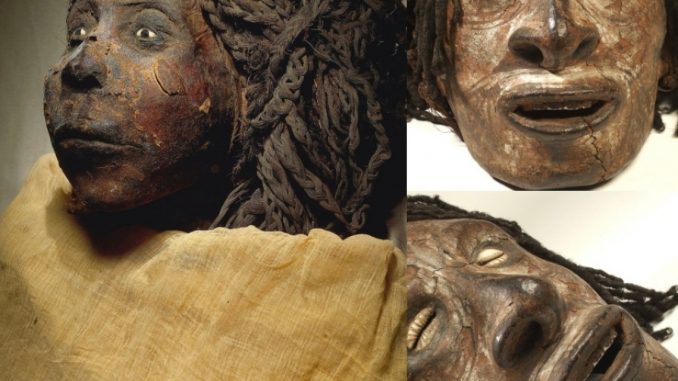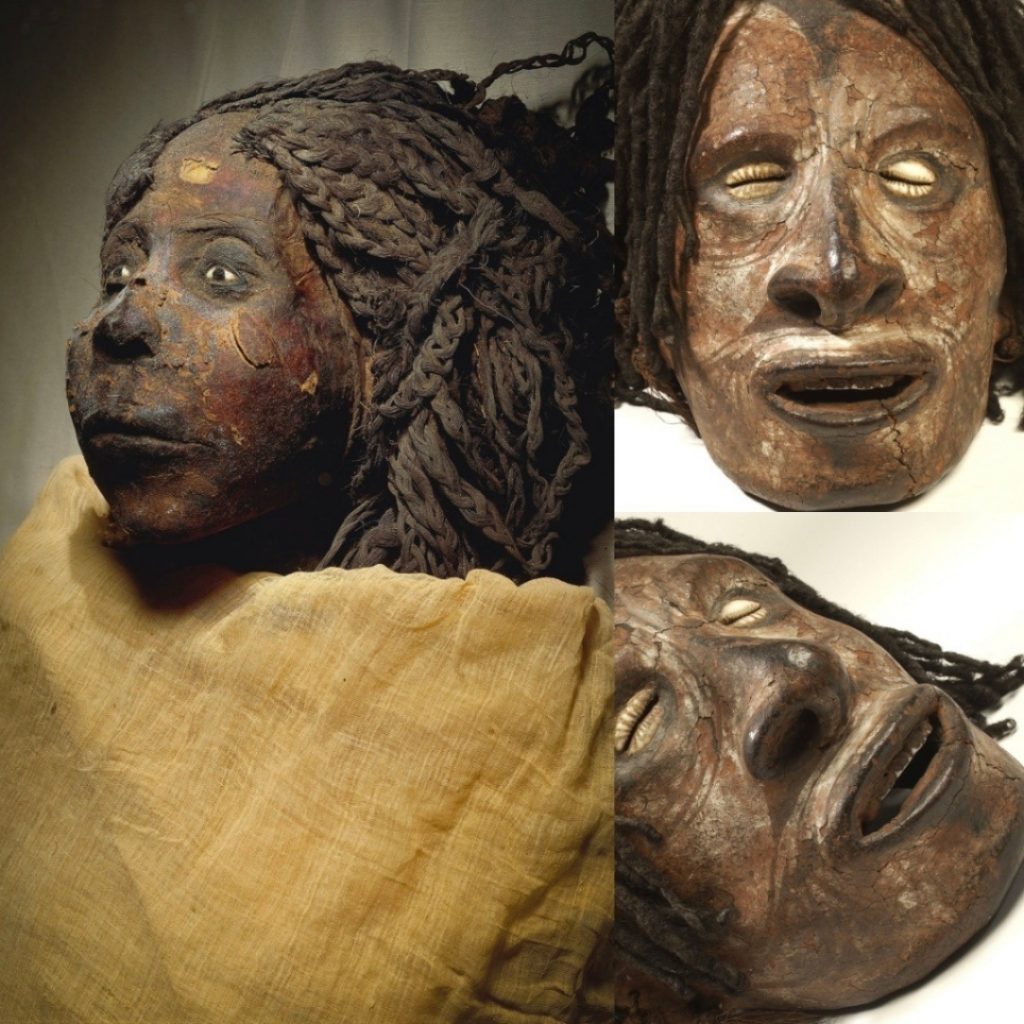
In the vast tapestry of ancient Egyptian history, few figures command as much intrigue and fascination as Queen Nodjmet. Her legacy, shrouded in mystery and adorned with the splendor of royalty, offers a tantalizing glimpse into the lives of Egypt’s elite and the elaborate funeral practices that defined their passage into the afterlife.

Queen Nodjmet, also known as Nodjmet Meritmut, lived during the 11th century BCE, a period known as the Third Intermediate Period. She was the wife of Pharaoh Haremhab, the last ruler of the 18th Dynasty, and played a significant role in the political and religious affairs of the time. But it is her funeral and burial practices that have captured the imagination of historians and archaeologists for centuries.
Recent excavations and scholarly research have shed new light on Queen Nodjmet’s tomb and its contents, offering fresh insights into the beliefs and customs of ancient Egyptian royalty. Located in the vast necropolis of Thebes, her tomb was discovered virtually intact, providing a treasure trove of artifacts and relics that speak to the opulence and grandeur of her reign.
One of the most striking features of Queen Nodjmet’s tomb is the intricate wall paintings that adorn its chambers. These vivid and detailed scenes depict the queen in various religious and ceremonial contexts, offering a glimpse into her role as a divine consort and guardian of the royal lineage. The paintings also depict scenes from the Book of the Dead, a collection of spells and incantations intended to guide the deceased safely through the afterlife.
But perhaps the most remarkable aspect of Queen Nodjmet’s tomb is the array of funerary goods and offerings that accompanied her into the afterlife. From exquisite jewelry to finely crafted pottery to lavish furniture, each item speaks to the wealth and status of the queen and her family. Of particular note are the canopic jars, used to store the queen’s internal organs after mummification, and the alabaster sarcophagus that housed her mummified remains.
The discovery of Queen Nodjmet’s tomb offers a rare opportunity to peer into the private world of ancient Egyptian royalty and to unravel the mysteries of their funeral practices. By studying the artifacts and inscriptions left behind, scholars can gain new insights into the religious beliefs, social structures, and artistic achievements of the time.
But beyond the scholarly interest, Queen Nodjmet’s tomb serves as a poignant reminder of the enduring legacy of ancient Egypt and the timeless allure of its mysteries. As researchers continue to explore and excavate the tombs of Egypt’s elite, we are reminded of the richness and complexity of human history and the stories waiting to be uncovered in the sands of time.
Leave a Reply